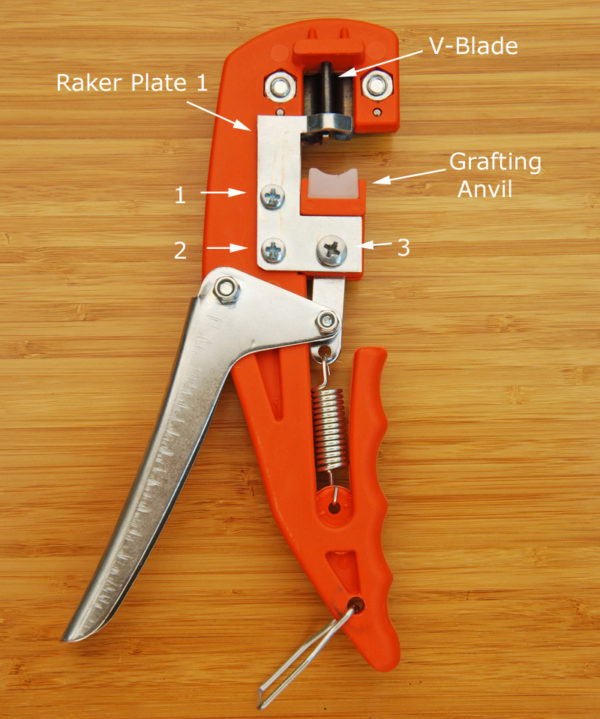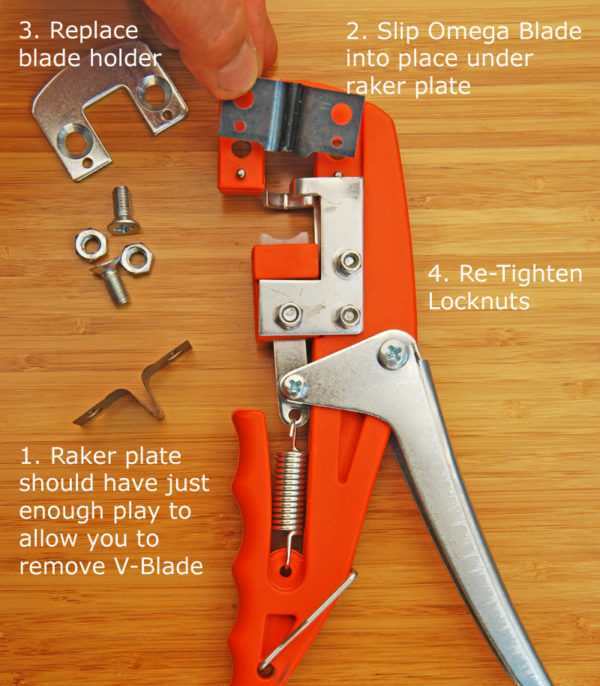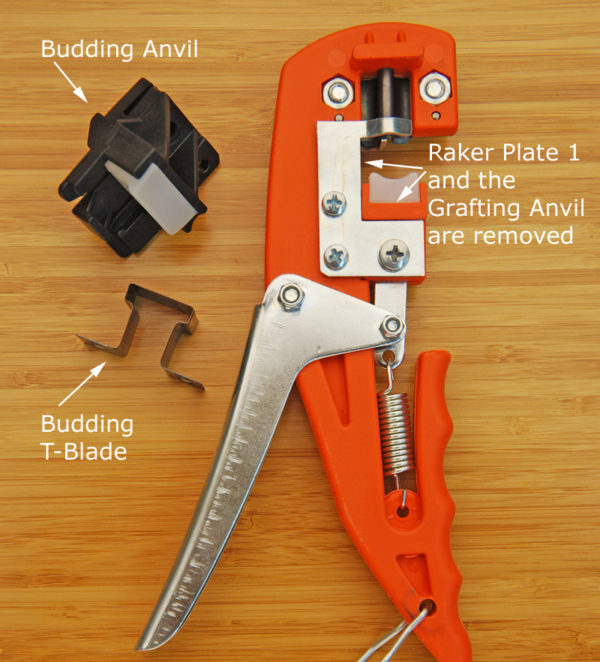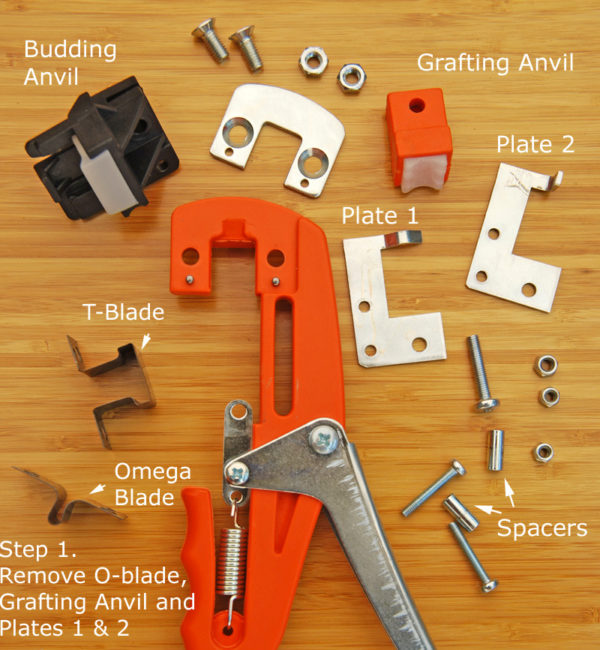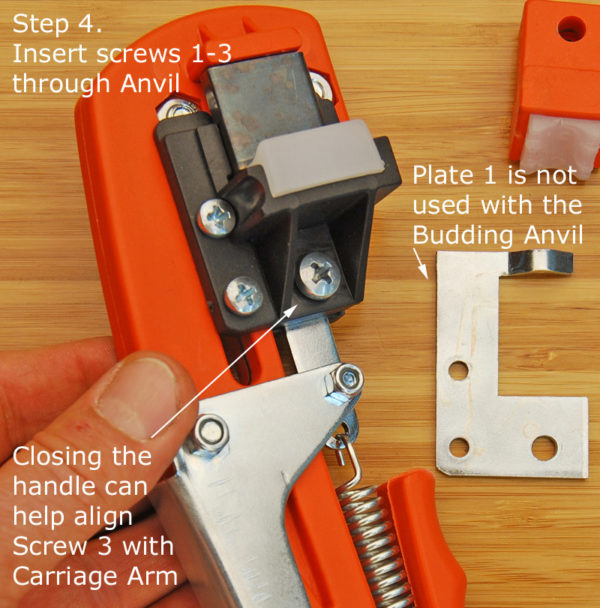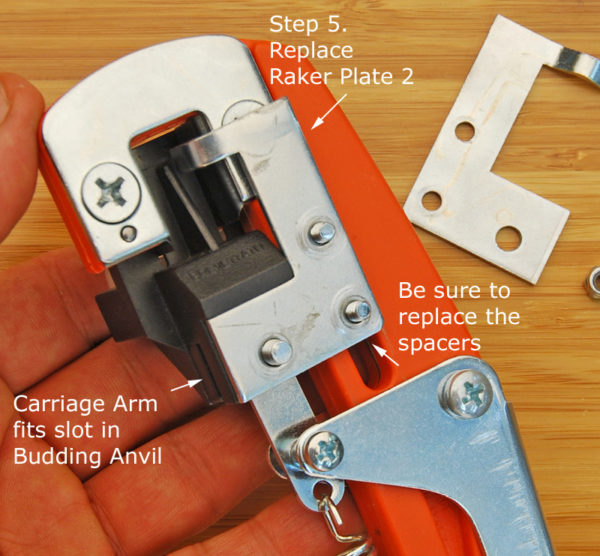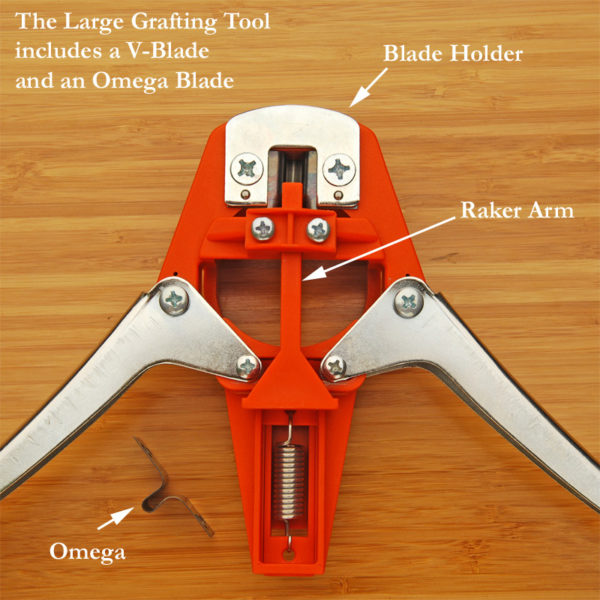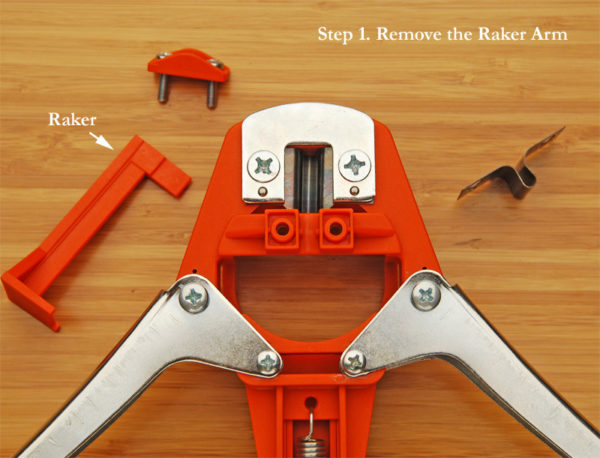There are plenty of reasons to get started with grafting. You can grow a flower that would not normally survive the surrounding environment, create some interesting cultivars, and expand your gardening skillset by understanding how to graft plants you already have in your garden or that are available at a local nursery. If you have purchased the Set of Professional Grafting Tools from Garrett Wade, then you are well equipped to get started! We will cover the following:

Japanese Garden Tools Vs. American: What’s the Difference?
You may have seen Japanese gardening tools popping up more in stores and online. Sure, they&rs… Read More

